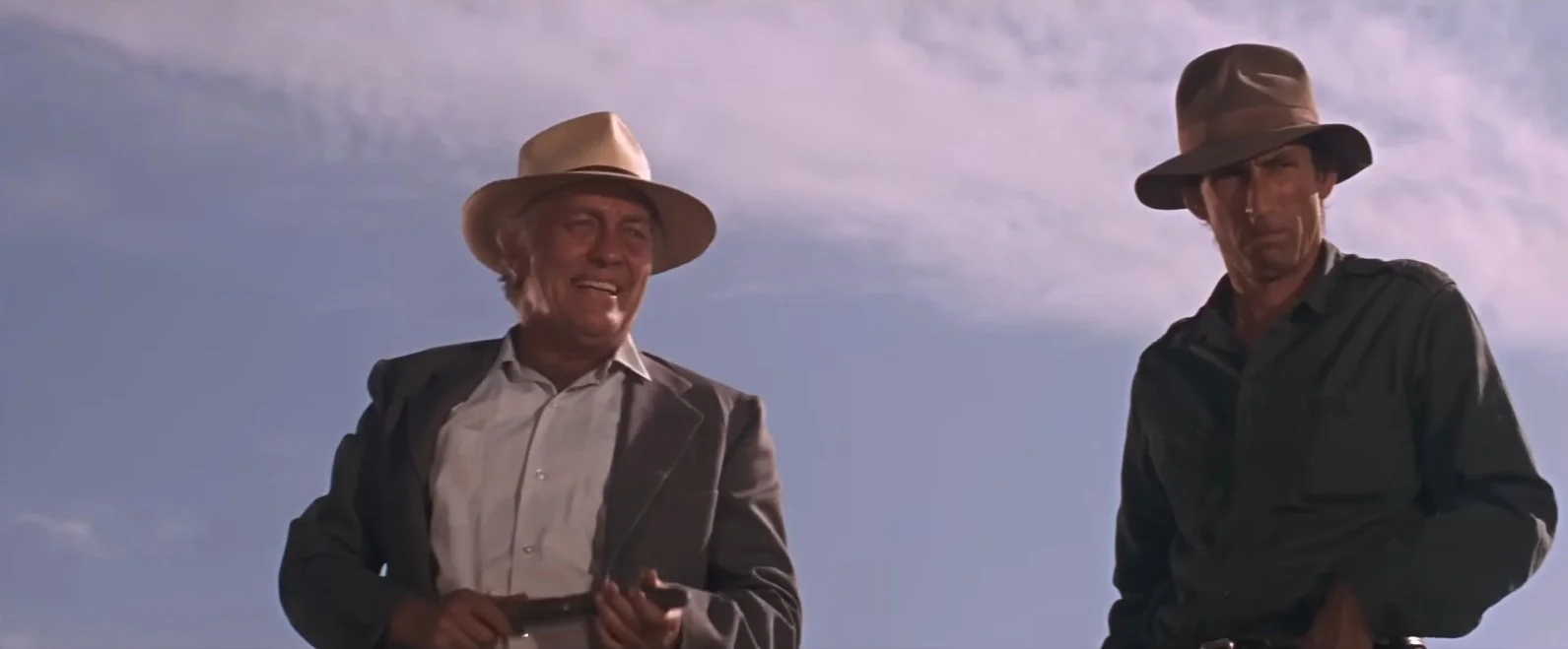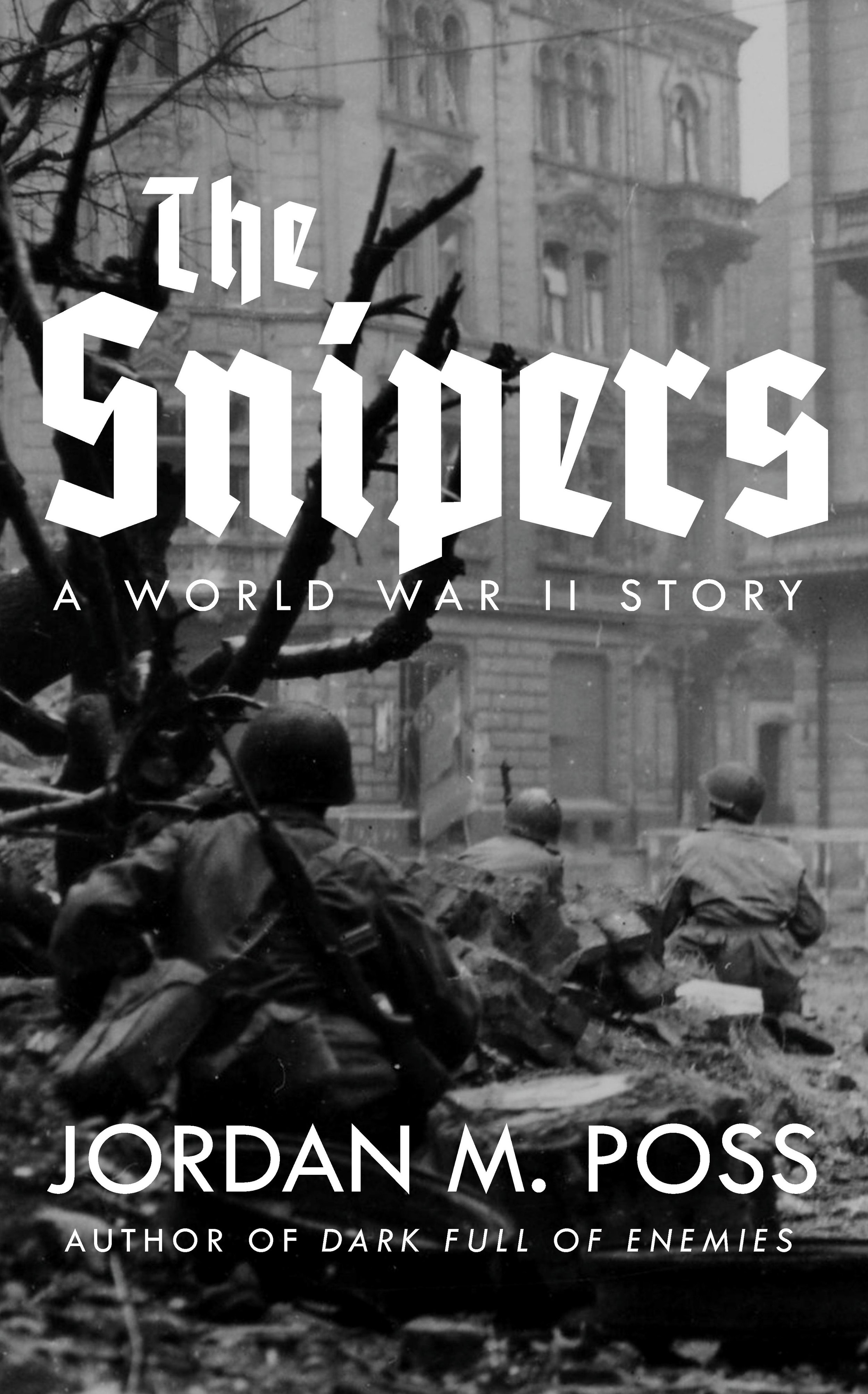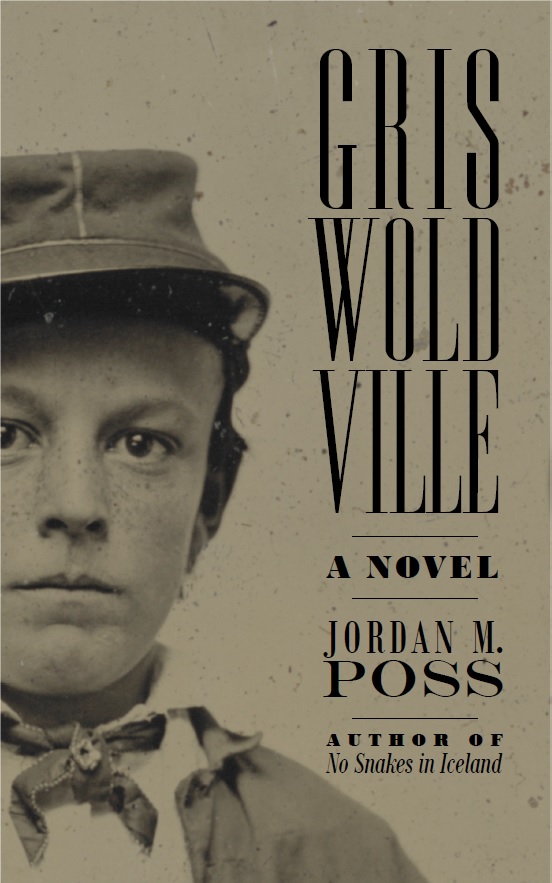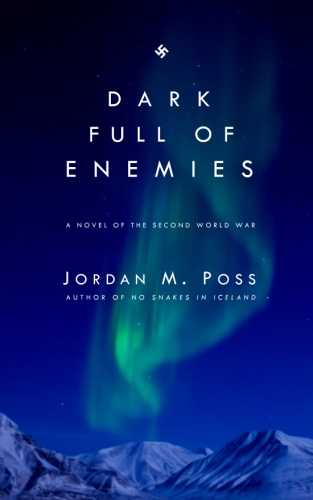Two dangers of colloquialism
/Failure to communicate. Strother Martin in Cool Hand Luke.
This has been a mad month, and on top of everything else keeping me busy I injured my right hand last week, so all the book reviews and other writing I had hoped to do over Thanksgiving Break came to nothing. For now. I’m glad to say I can type again, at least.
But if I had some enforced inactivity on the writing front over Thanksgiving, that at least gave me time to think. One topic I returned to several times was the danger of idiom, colloquialism, or unpredictable connotation in language. Two incidents—one-sided conversations overheard, really—separated by several years awakened me to two related aspects of the danger and drove home the need for clear and unmistakable meaning to me.
The more recent of the two came from a YouTube true crime channel that provides commentary on recorded police interviews. In one featured interview with a murder suspect, two detectives, a man and a woman, take turns applying pressure. It’s not exactly the good cop/bad cop routine, but the female cannily uses persuasion and emotional leverage while the male presses aggressively and confrontationally. Several times he uses the expression “come to Jesus” in the colloquial sense of a reckoning coming due, i.e. “It’s time to fess up.”
The YouTube narrator, apparently unaware of this common and (to me) obvious idiom, pauses to express outrage that the male detective is introducing religion to his interrogation and suggests his obsession with Jesus is undermining the female detective’s technique. Commenters also showed their ignorance—and, this being the internet, their violent irreligion—in predictable terms. Only one that I saw after scrolling through hundreds pointed out the narrator’s basic misunderstanding.
That’s one danger—in using an idiom or colloquialism, your meaning may be utterly lost, especially to observers or third parties. Take the image at the top of this post, for example. Some of y’all will be able to hear this image in your head. Some will have no idea what it means. It would be a mistake, then, to tie the meaning of this post to repeating a phrase like “Failure to communicate.”
The second, which I witnessed long ago on Facebook, is related but not identical. During an unexpected snowstorm back home in Georgia, a storm that occurred during a school day and threatened to trap students at school, Governor Nathan Deal took to social media to reassure the public that their kids would be taken care during the emergency, that Georgia public school teachers “are adequate to handle this situation.”*
Georgia’s state of preparedness for winter weather became a hot political topic for a few minutes afterward, but that’s not what greatly exercised an old acquaintance on Facebook. No, a guy I went to school with—after the manner of “guys I went to school with” the world over—posted a tantrum about Deal’s description of public school teachers as “adequate.” The problem? The word adequate itself, which this guy took as a negative of the “meets expectations” variety, anything not exceptional being perceived as bad. “We are more than just adequate!” etc etc.
The second, related danger—despite using precise, accurate language (Georgia’s teachers did, in fact, prove adequate to take care of students during the emergency), your audience may supply their own meaning based on purely informal connotation, what a word or expression means to them.
The problem in both cases is informality, a “you know what I mean” attitude toward language. In the first, informal expression from the communicator leads to misunderstanding on the part of a receiver ignorant of that informal expression. In the second, a precise, neutral message from the communicator leads to misunderstanding on the part of a mind that understands the words but, accustomed to informal use of a perfectly acceptable word, imputes false meaning to them.**
Speak colloquially and be misunderstood, or speak precisely and be misunderstood. This is just the nature of communication in a limited, fallen world, I suppose, but it’s frustrating, especially in the second case. You can’t, after all, predict every way your meaning can be misconstrued by someone.
The only solutions to this kind of misunderstanding that I can conceive of are erring on the side of precision (and you can be precise even when using idioms and dialect, sometimes even more precise than standard English allows); a commitment by everyone to learn more about English expression and even words and not jump to conclusions (easily the most optimistic idea I’ve ever floated on this blog); and—whether failing or in addition to those two—good faith and charity.
* I’ve tried and failed to find the exactly wording of both Governor Deal’s message and the Facebook status referenced here, but the one word that matters most I remember clearly.
** It’s telling that both responded with outrage and an apparent unwillingness to discern whether they had misunderstood, but that’s a topic for another time.






